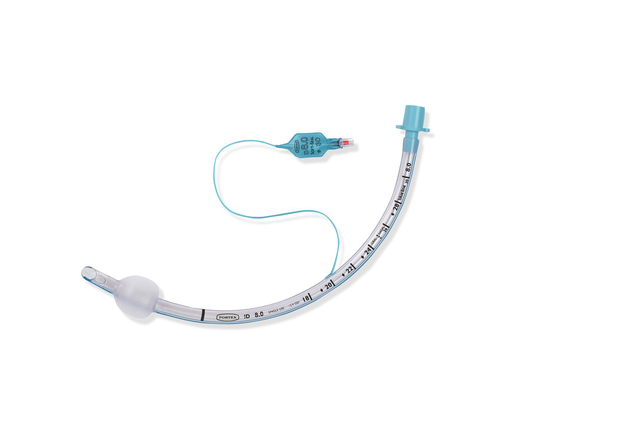
Стандартное решение для управления давлением в манжете, которое требует контроля и регулирования давления в манжете вручную.
Чтобы постоянно поддерживать необходимый диапазон давления в манжете, ежедневно может требоваться выполнить до восьми регулировок вручную (

Устройство IntelliCuff защищает дыхательные пути пациента (
Его можно использовать как автономное устройство для всех механических аппаратов ИВЛ или как интегрированное решение для аппаратов ИВЛ HAMILTON-C6 и HAMILTON-G5/S1.

Просто установите требуемое давление в манжете, и устройство IntelliCuff будет постоянно контролировать и поддерживать заданное значение. Давление, измеренное в манжете, отображается как значение мониторинга.
В случае повреждения манжеты устройство IntelliCuff генерирует сигнал тревоги и постоянно компенсирует утечку для защиты дыхательных путей.

Мы используем IntelliCuff в качестве стандартного устройства для предотвращения нозокомиальной пневмонии, связанной с искусственной вентиляцией легких. IntelliCuff непрерывно автоматически контролирует давление в манжете. Это очень упрощает нам уход за больными, ведь теперь давление не приходится проверять вручную каждый час.
Старшая медсестра реанимационного отделения,
больница кантона Гризон, г. Кур, Швейцария

Использование системы непрерывного контроля давления в манжете, такой как IntelliCuff, более эффективно поддерживает давление в манжете в оптимальном диапазоне (
Во избежание травм трахеи и появления пролежней устройство IntelliCuff по умолчанию устанавливает значение давления в манжете 25 смH2O (

Устройство IntelliCuff можно использовать как автономное устройство для всех аппаратов ИВЛ или как интегрированное решение (дополнительно) для аппаратов ИВЛ HAMILTON-C6 и HAMILTON-G5. Кроме того, оно входит в стандартную комплектацию аппарата ИВЛ HAMILTON-S1.